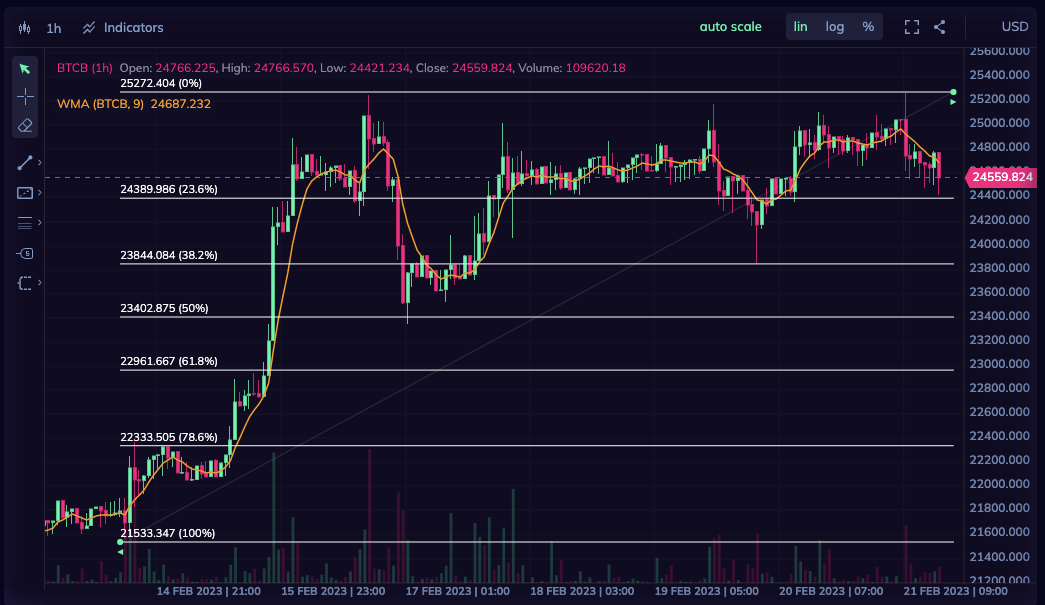How Weather Influences Investments in the Crypto Market
Weather conditions can impact human emotions, decision-making processes, and risk-taking behavior.

While it might seem far-fetched to link weather and the cryptocurrency market, recent studies suggest that there may be a connection between the two. Weather conditions can impact human emotions, decision-making processes, and risk-taking behavior. In this article, we will explore how weather patterns might influence investment decisions in the crypto market and provide insights on how investors can adapt to these factors.
The Sunshine Effect
The Sunshine Effect is a well-documented phenomenon in which sunny weather positively influences stock market returns. Researchers have found that people tend to be more optimistic, confident, and risk-tolerant on sunny days. This increased optimism can result in higher trading volumes and more significant gains in the market.
The crypto market, though fundamentally different from the stock market, is not immune to the impact of the Sunshine Effect. As cryptocurrencies are highly volatile and driven by investor sentiment, weather-induced mood changes can lead to more aggressive investment strategies and increased trading volumes.
Seasonal Variations
Seasonal variations in weather can also affect the overall market sentiment and, consequently, investment decisions in the crypto market. For example, the winter months often coincide with a phenomenon known as Seasonal Affective Disorder (SAD), a type of depression linked to changes in weather and reduced daylight hours. SAD can lead to reduced risk-taking and a more cautious approach to investments, potentially dampening market activity.
Conversely, during the summer months, people generally experience increased energy levels, optimism, and risk tolerance. This elevated mood can lead to a more bullish crypto market, with investors more willing to invest in new projects and trade more actively.
Extreme Weather Events
Extreme weather events, such as hurricanes, floods, and heatwaves, can have a more direct impact on the crypto market. For instance, cryptocurrency mining is a highly energy-intensive process, and extreme weather events can disrupt energy supplies, forcing mining operations to shut down temporarily. These disruptions can lead to reduced mining activity and affect the overall crypto market.
Moreover, extreme weather events can also impact the broader economy, leading to increased market uncertainty. This uncertainty can drive investors towards cryptocurrencies as a hedge against traditional financial markets or discourage investment due to increased risk aversion.
Adapting to Weather-Induced Market Fluctuations
Investors can adopt various strategies to mitigate the impact of weather-induced market fluctuations:
- Awareness: Being aware of how weather influences market sentiment can help investors make more informed decisions and avoid impulsive trades driven by emotional responses to weather conditions.
- Diversification: Diversifying investment portfolios can help reduce the impact of weather-related market fluctuations, providing a degree of protection against sudden market shifts.
- Long-term perspective: Adopting a long-term investment strategy can help minimize the effects of short-term market fluctuations driven by weather and other external factors.
Conclusion
While the relationship between weather and the crypto market might not be as apparent as with traditional financial markets, it is essential for investors to consider these factors when making investment decisions. By understanding how weather patterns can impact market sentiment and adapting their investment strategies accordingly, investors can better navigate the volatile world of cryptocurrency and maximize their potential returns.




